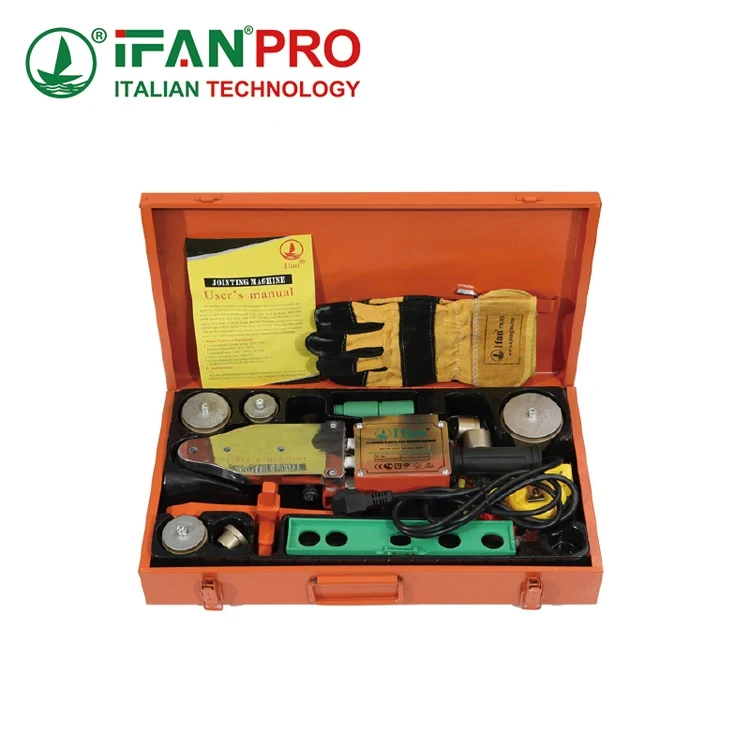Introduction to PE Pipe Recycling and Reuse
Recycling and reusing polyethylene PE water pipes play crucial roles in sustainable development. These practices help reduce environmental impact and conserve resources.
Importance of PE Pipe Recycling
Recycling PE pipes helps minimize plastic waste. It reduces the need for raw materials, preserving natural resources. Recycling also decreases landfill use, promoting a cleaner environment.
Basic Properties of PE Pipes
PE water pipes are lightweight, flexible, and durable. They resist corrosion and chemicals, making them ideal for various applications. These properties also facilitate the recycling process.
The Recycling Process
Recycling PE pipes involves several steps. The pipes are collected, cleaned, shredded, melted, and reformed into new products. This process ensures efficient material reuse.
Collection and Sorting
The first step is collecting and sorting used PE pipes. Efficient sorting ensures high-quality recycled material. Automated systems and manual labor can handle this task.
Cleaning and Shredding
After sorting, the pipes undergo cleaning to remove dirt and contaminants. Then, machines shred the pipes into smaller pieces. This step prepares the material for melting.
Melting and Reforming
Shredded PE pipes are melted and reformed into new products. The melted plastic can be molded into various shapes, ensuring versatility in recycling.
Applications of Recycled PE Pipes
Recycled PE water pipes serve numerous applications. They can be used in construction, agriculture, and other industries. These applications demonstrate the material’s versatility and sustainability.
Construction Industry
In construction, recycled PE pipes are used for drainage systems and cable protection. They provide a cost-effective and eco-friendly solution. Their durability ensures long-lasting performance.
Agriculture
In agriculture, recycled PE pipes are used for irrigation systems. They deliver water efficiently, promoting sustainable farming practices. Their resistance to chemicals and UV radiation enhances their suitability for agricultural use.
Industrial Applications
Recycled PE pipes are also used in various industrial applications. They serve as conduits for transporting liquids and gases. Their chemical resistance and durability make them ideal for these purposes.
Beneficios medioambientales
Recycling PE pipes offers significant environmental benefits. It reduces plastic waste, conserves natural resources, and decreases greenhouse gas emissions. These benefits contribute to a more sustainable future.
Economic Advantages
Recycling PE pipes also provides economic advantages. It reduces material costs, creating savings for manufacturers and consumers. The recycling industry generates jobs, contributing to economic growth.
Challenges in PE Pipe Recycling
Despite the benefits, recycling PE pipes presents challenges. Contamination, collection logistics, and processing costs can hinder recycling efforts. Addressing these challenges is crucial for efficient recycling.
Contamination Issues
Contaminated PE pipes can reduce the quality of recycled material. Effective cleaning processes are essential to remove contaminants. Ensuring proper disposal and sorting practices helps minimize contamination.
Collection Logistics
Efficient collection systems are necessary for successful recycling. Implementing effective collection and transportation strategies ensures a steady supply of recyclable material. Collaboration between industries and municipalities can enhance collection efforts.
Processing Costs
The recycling process can be costly. Investment in advanced technologies and efficient processing methods can help reduce costs. Economies of scale also play a role in making recycling economically viable.
Innovations in PE Pipe Recycling
Innovations in recycling technologies enhance the efficiency of PE pipe recycling. Advanced sorting, cleaning, and processing methods improve material quality and reduce costs. Continuous research and development drive these innovations.
Best Practices for PE Pipe Recycling
Implementing best practices ensures effective recycling. Proper sorting, cleaning, and processing methods enhance the quality of recycled material. Collaboration among stakeholders promotes a sustainable recycling ecosystem.
Industry Collaboration
Collaboration between manufacturers, recyclers, and consumers enhances recycling efforts. Sharing knowledge and resources promotes efficient recycling practices. Industry standards and guidelines support these collaborative efforts.
Consumer Awareness
Educating consumers about the importance of recycling encourages participation. Clear labeling and disposal instructions facilitate proper recycling practices. Public awareness campaigns can drive consumer engagement.
Future of PE Pipe Recycling
The future of PE pipe recycling looks promising. Advances in technology and increased awareness support sustainable practices. Ongoing efforts to address challenges and promote recycling will drive progress.
Conclusión
Recycling and reusing PE pipes are vital for environmental sustainability. These practices reduce plastic waste, conserve resources, and offer economic benefits. Understanding the recycling process, applications, and challenges helps promote efficient recycling. Collaboration, innovation, and consumer awareness play crucial roles in achieving a sustainable future for PE pipe recycling. By adopting best practices and investing in advanced technologies, the industry can enhance recycling efforts and contribute to a cleaner environment.
Conectar
IFAN es un fabricante chino de tuberías, accesorios y válvulas de plástico con 30 años de experiencia. Si está interesado en IFAN accesorios de cobre, válvulas de cobre, tuberías y accesorios de plástico, póngase en contacto con nosotros. IFAN le ofrece una variedad de tuberías estándar para satisfacer sus necesidades específicas. Haga clic a continuación para obtener más información sobre la amplia gama de productos de válvulas y productos relacionados con sistemas de tuberías asequibles y rentables de IFAN.
Responderemos a su correo electrónico o fax en 24 horas.
Puede llamarnos en cualquier momento si tiene alguna duda sobre nuestra producción.
Para más información, visite nuestra página web https://ifanpro.com/
Pls Mailto: [email protected]
Whatsapp: + 86 19857948982













Comentarios recientes